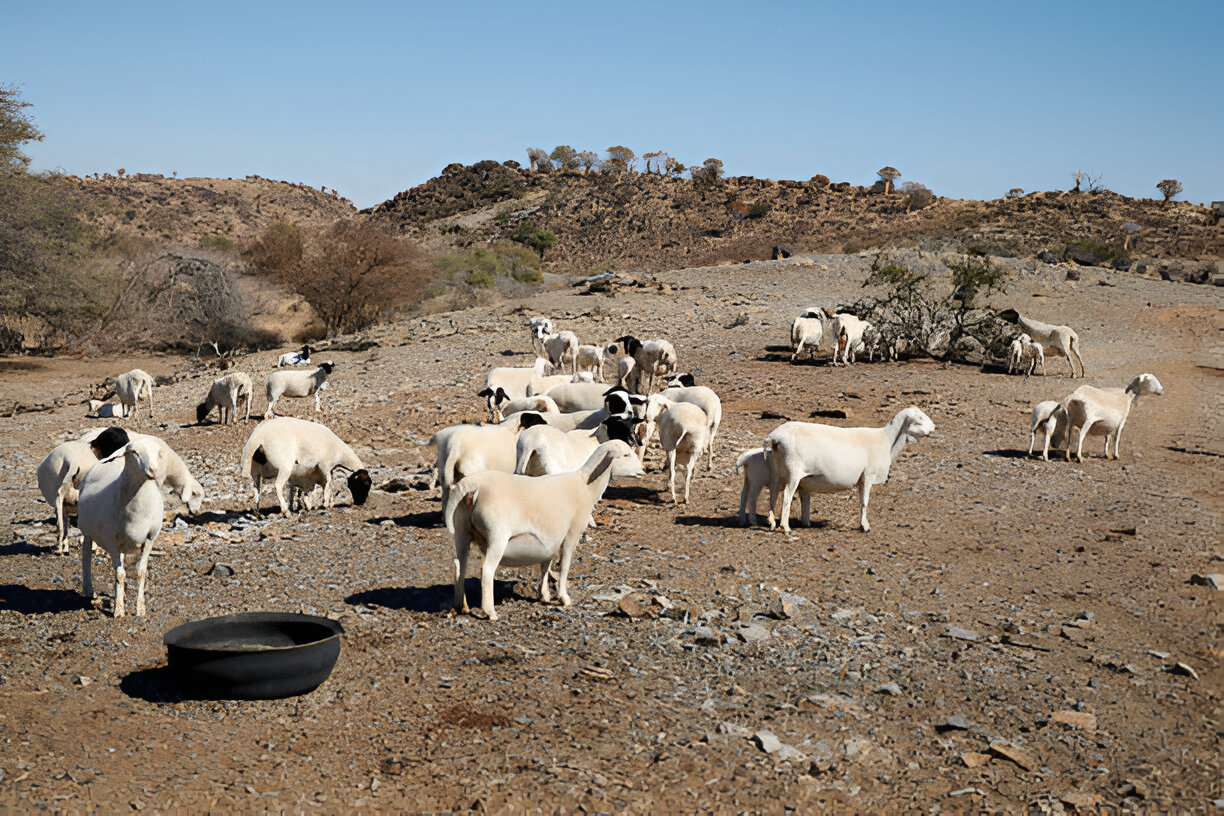Are you a farmer looking to maximize the grazing potential of your land with Dorper sheep? Understanding the ideal stocking density is crucial for the health of your flock and the productivity of your pastures. In this guide, we will explore the factors to consider when determining how many Dorper sheep to graze per acre. Let’s delve into the world of sustainable farming practices and ensure your flock thrives.
Factors Influencing Stocking Density
When it comes to determining the number of Dorper sheep that can be sustained per acre, several variables need to be taken into account. The quality of your pasture, available water sources, the nutritional needs of the sheep, and the climate of your region are all essential factors to consider.
Quality of Pasture
The quality of your pasture is a primary factor that influences how many Dorper sheep you can graze per acre. Lush, nutrient-rich pastures can support a higher stocking density compared to overgrazed or sparse pastures. Proper pasture management practices, such as rotational grazing, can help maintain the quality of the grass and optimize the stocking rate.
Water Availability
Water is essential for the health and well-being of your Dorper sheep. When calculating stocking density, ensure that there are adequate water sources available throughout the grazing area. Sheep require consistent access to clean water, especially in hot climates or during the lambing season.
Nutritional Needs of Dorper Sheep
Understanding the nutritional requirements of Dorper sheep is crucial for determining stocking density. Make sure your pasture provides a balanced diet that meets the protein, energy, vitamin, and mineral needs of your flock. Supplementing their diet with products like Toltrazuril 5% Liquid Solution can help prevent diseases like coccidiosis and keep your sheep healthy.
Climate Considerations
The climate of your region plays a significant role in determining stocking density. In areas with harsh winters, you may need to reduce the number of sheep per acre to prevent overgrazing during the colder months. Consider the seasonal variations in grass growth and adjust your stocking rate accordingly.
Calculating Stocking Density
Now that we’ve discussed the factors that influence stocking density, let’s delve into how to calculate the number of Dorper sheep per acre. The recommended stocking rate can vary depending on the quality of your pasture and the management practices you implement.
Basic Calculation
A common method for calculating stocking density is to determine the Average Daily Gain (ADG) of your Dorper sheep and the carrying capacity of your pasture. By dividing the carrying capacity of the land by the ADG of the sheep, you can estimate the number of sheep that can be grazed per acre.
Monitoring Grazing Patterns
Regular monitoring of grazing patterns is essential to ensure that your pasture is not being overgrazed. Rotational grazing can help prevent selective grazing and promote uniform utilization of the grass. Observing the behavior of your flock can also provide insights into whether the stocking density is appropriate.
Seeking Expert Advice
If you’re unsure about the optimal stocking rate for your Dorper sheep, don’t hesitate to seek advice from agricultural extension services or experienced farmers in your area. They can provide valuable insights based on local conditions and help you fine-tune your grazing management practices.
Conclusion: Sustainable Grazing Practices for Dorper Sheep
Optimizing the stocking density of Dorper sheep on your land requires careful consideration of various factors, including pasture quality, water availability, nutritional needs, and climate conditions. By implementing sustainable grazing practices and monitoring your flock’s behavior, you can ensure that your Dorper sheep thrive while maintaining the health of your pastures. Remember, a well-managed grazing system not only benefits your sheep but also contributes to the overall productivity and sustainability of your farm. Embrace the balance and harmony between your flock and the land they graze on!

